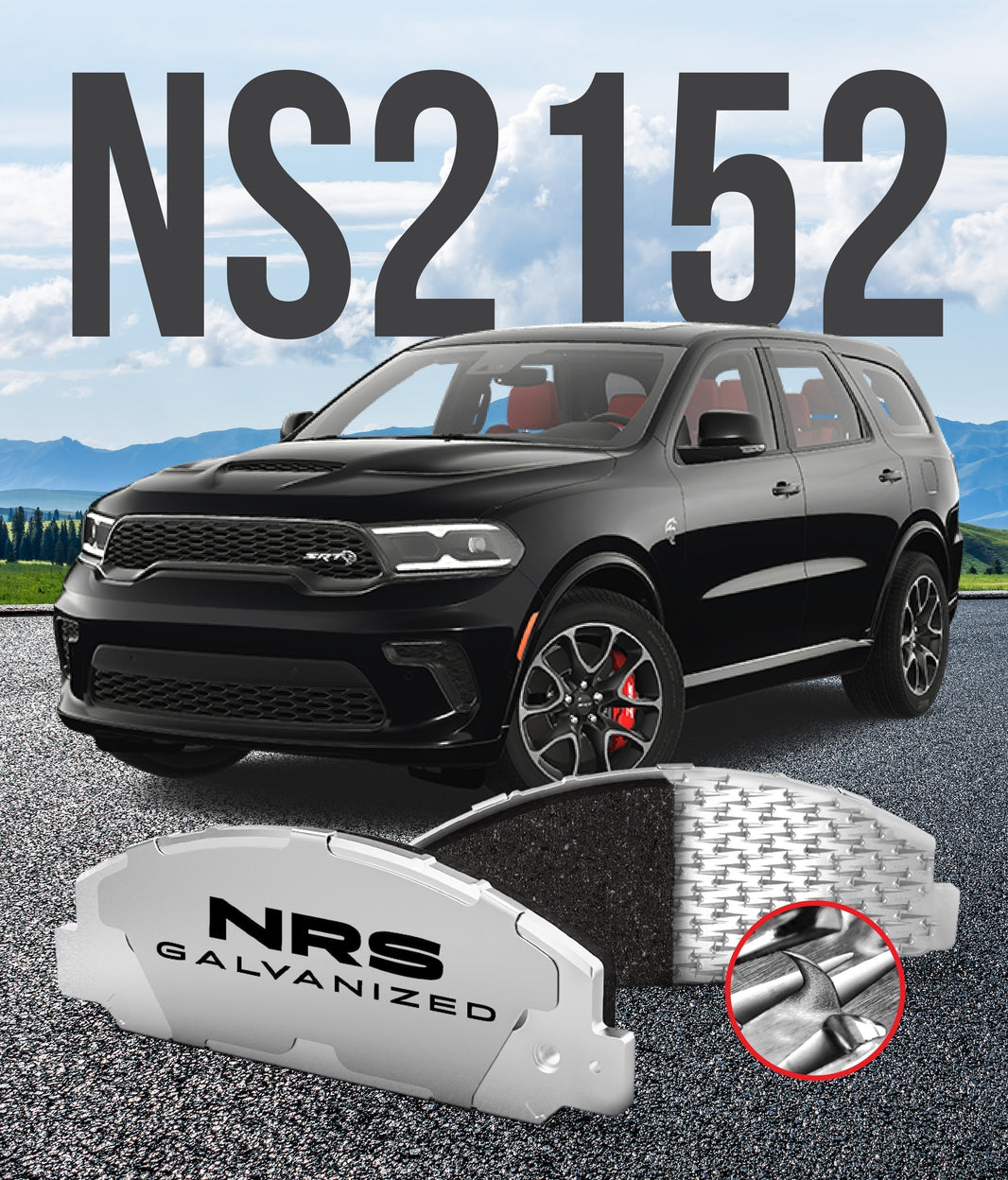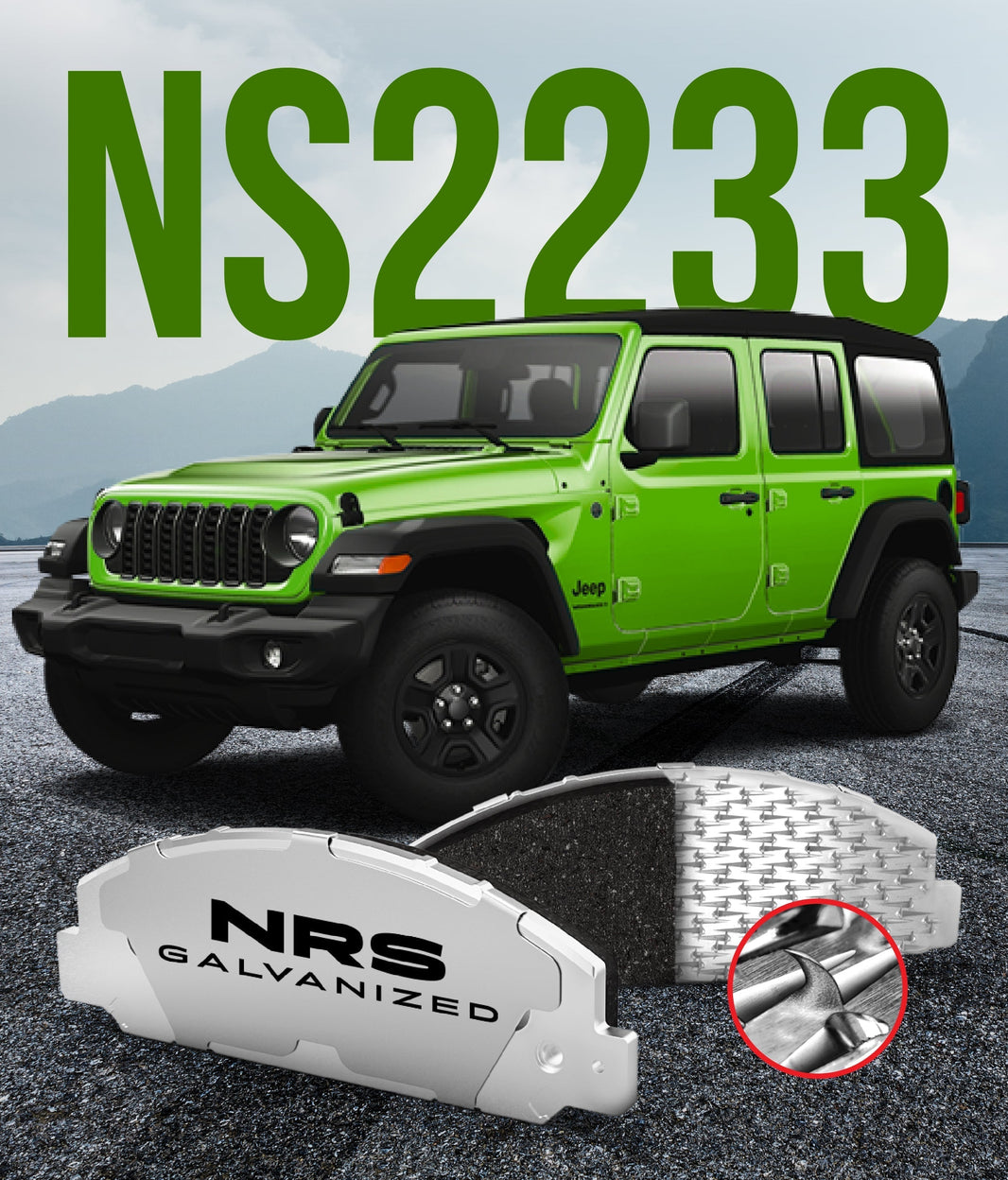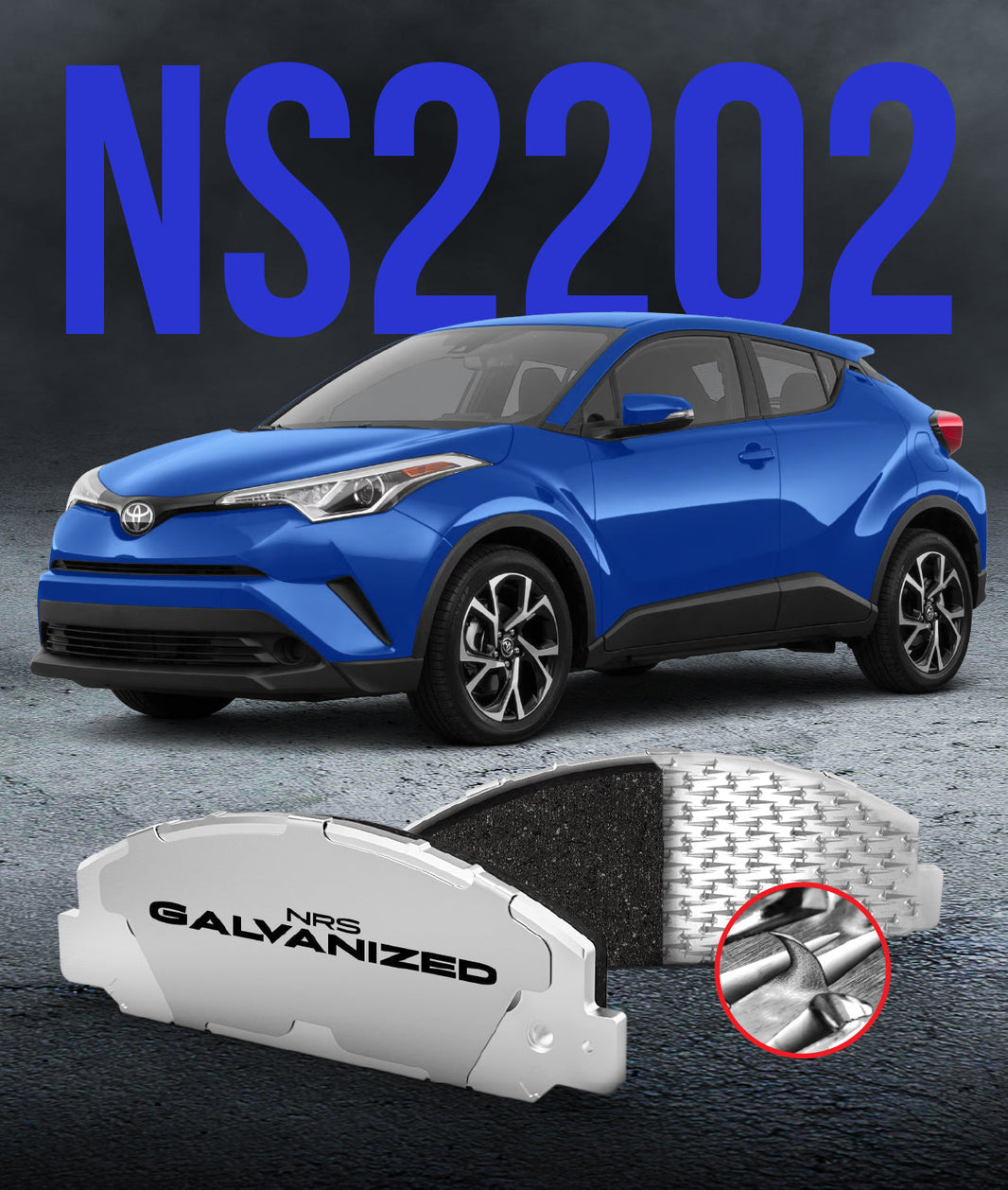
When you think about your car's brakes, you might picture the entire system, from the pedal at your foot to the pipes carrying fluid underneath. While that whole network is important, the real work of stopping your vehicle happens at the wheels. The collection of parts at each corner of your car is known as the brake assembly.
This assembly is a marvel of mechanical and hydraulic engineering, responsible for converting pressure into the friction that slows you down. Understanding the role of each component within the brake assembly is key to appreciating how your car keeps you safe. This guide will dissect the two primary types of assemblies found on modern vehicles: the disc brake and the drum brake.
Defining the Brake Assembly
The term brake assembly refers to the complete set of components located at the wheel hub that generates stopping force. This includes the parts that rotate with the wheel and the stationary parts that act upon them. It is where the hydraulic pressure from the master cylinder is turned back into powerful mechanical clamping force.
Most modern cars use disc brake assemblies on all four wheels for their superior performance and heat dissipation. However, many cars, trucks, and SUVs still use a disc setup on the front wheels and the more traditional drum brake assembly on the rear.
The Modern Standard: The Disc Brake Assembly
The disc brake assembly is the most common design used today due to its efficiency, simplicity, and performance. It is an open design that is better at cooling itself, which makes it more resistant to heat-related fade. All its components work in concert to apply and release pressure smoothly.
Think of the disc brake assembly as a powerful hydraulic vise or clamp. Its job is to squeeze a spinning disc with incredible force, creating the friction needed to stop your car.
The Brake Rotor (The Disc)
The brake rotor, or disc, is the large, heavy iron plate that is bolted to the wheel hub and rotates with the wheel. It is the largest and heaviest part of the assembly. Its primary purpose is to serve as the friction surface for the brake pads.
Its heavy mass also allows it to act as a heat sink, absorbing the immense heat created during braking. Many rotors are vented, with internal fins that draw in air like a fan. This design helps the rotor cool off quickly between stops.
The Brake Caliper (The Clamp)
The Brake Caliper is the hydraulic clamp that straddles the outer edge of the brake rotor. It is the component that houses the brake pads and the piston. When you press the brake pedal, high-pressure fluid flows into the caliper.
This fluid pressure pushes a piston outward, which in turn forces the brake pads to squeeze against the spinning rotor. The caliper is the component that converts the system's hydraulic pressure back into mechanical force.
The Brake Pads (The Friction Material)
Housed inside the caliper are the Brake Pads, which are the consumable part of the system. Each pad consists of a steel backing plate with a block of specially formulated friction material bonded to its surface. These are the components that make direct contact with the rotor.
The specific blend of materials used in the friction puck determines the brake pad's characteristics. This includes its stopping power, noise level, dust creation, and overall lifespan. The pads are designed to wear down over time and be replaced periodically.
The Caliper Bracket and Hardware
The caliper does not just float in space; it must be securely anchored to the vehicle. The caliper bracket is a sturdy piece of metal that bolts to the suspension knuckle. This bracket holds the caliper in the correct position over the rotor.
The assembly also includes smaller but crucial hardware. This includes the slide pins that the caliper floats on and the anti-rattle clips that hold the pads snugly in the bracket. These pieces of hardware are essential to ensure the brakes work smoothly and to keep the pads from making noise.
A Closer Look: Components of a Floating Caliper
The most common type of disc brake caliper on production cars is the floating caliper. It uses one or two pistons on the inboard side of the rotor and is designed to slide back and forth. Understanding its individual parts helps to see how it all works together.
This design is efficient, cost-effective, and reliable.
-
Caliper Body: This is the main C-shaped housing of the caliper. It contains the piston or pistons and channels for brake fluid.
-
Caliper Piston: This is the round plunger inside the caliper that is pushed out by hydraulic pressure. It applies direct force to the back of the inner brake pad.
-
Piston Seal and Dust Boot: A square-cut rubber seal inside the caliper bore prevents fluid from leaking past the piston. A flexible rubber dust boot on the outside prevents moisture and debris from damaging the piston and bore.
-
Caliper Bracket: This is the stationary component that mounts to the car. The caliper body slides along this bracket.
-
Slide Pins and Bushings: These are lubricated pins that pass through the caliper bracket and attach to the caliper body. They allow the caliper to slide, or "float," to center itself and apply even pressure with both pads.
-
Brake Pads and Shims: These are the friction pads themselves, along with the thin metal shims that are often attached to their backing plates to help reduce vibration and noise.
The Classic Design: The Drum Brake Assembly
The drum brake is an older design, but it is still used on the rear axle of many vehicles today. Its components are all housed inside a hollow, pot-shaped drum. Instead of clamping inward like a disc brake, a drum brake works by pushing its friction components outward.
If a disc brake is like a clamp, a drum brake is more like an internal wedge that expands to create friction.
-
The Brake Drum: This is the heavy iron drum that is attached to and rotates with the wheel. Its smooth inner surface is the friction area where the brake shoes make contact.
-
The Brake Shoes: Instead of flat pads, drum brakes use two curved, crescent-shaped brake shoes. These shoes have a friction lining bonded to their outer surface.
-
The Wheel Cylinder: This is the hydraulic heart of the drum brake assembly. It is a small cylinder with two pistons that are pushed outward when it receives pressure from the master cylinder.
-
The Adjuster Mechanism: As the brake shoe lining wears down, the shoes have to travel further to contact the drum. A small screw mechanism, called an adjuster, automatically expands to keep the shoes positioned close to the drum for a consistent pedal feel.
-
Return Springs and Hardware: A complex array of color-coded springs, clips, and levers holds the entire assembly together. The primary job of the springs is to forcefully pull the brake shoes back away from the drum when you release the brake pedal.
Conclusion: A Sum of Its Parts
The brake assembly at each wheel is a complex system where every single component plays a critical role. Whether it is a modern disc brake assembly with its caliper and rotor or a traditional drum brake with its shoes and springs, all parts must work together perfectly. A failure in even the smallest piece of hardware can compromise the function of the entire assembly.
Understanding the job of each component makes it clear why quality and precision are so important. When you perform any brake service, you are trusting that the new parts are engineered to meet the demands of this critical safety system. At our company, we have spent decades perfecting the technology behind the Best Brake Pads, ensuring they integrate flawlessly with the entire brake assembly to provide safe, reliable stopping power.
Which component of the brake assembly do you think is the most ingeniously designed?




